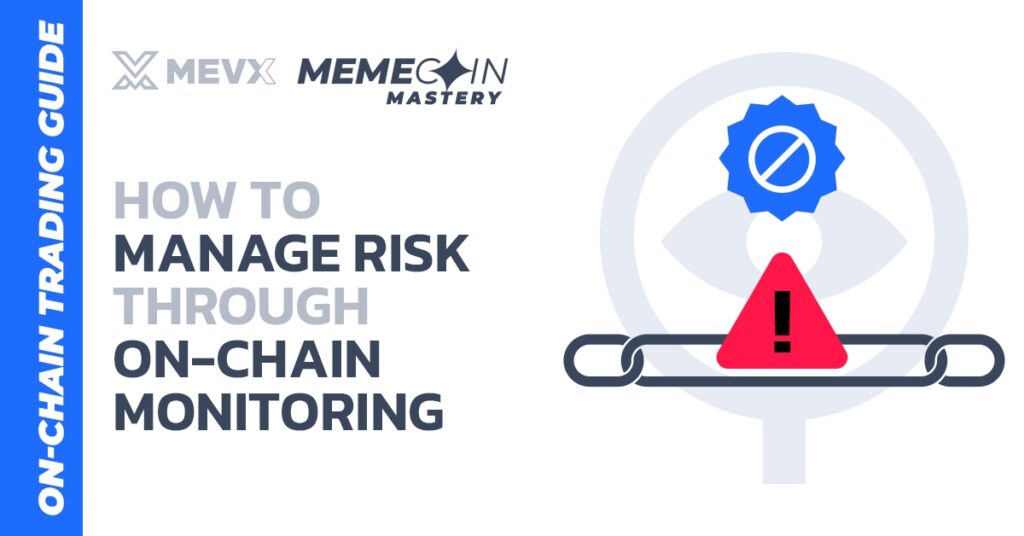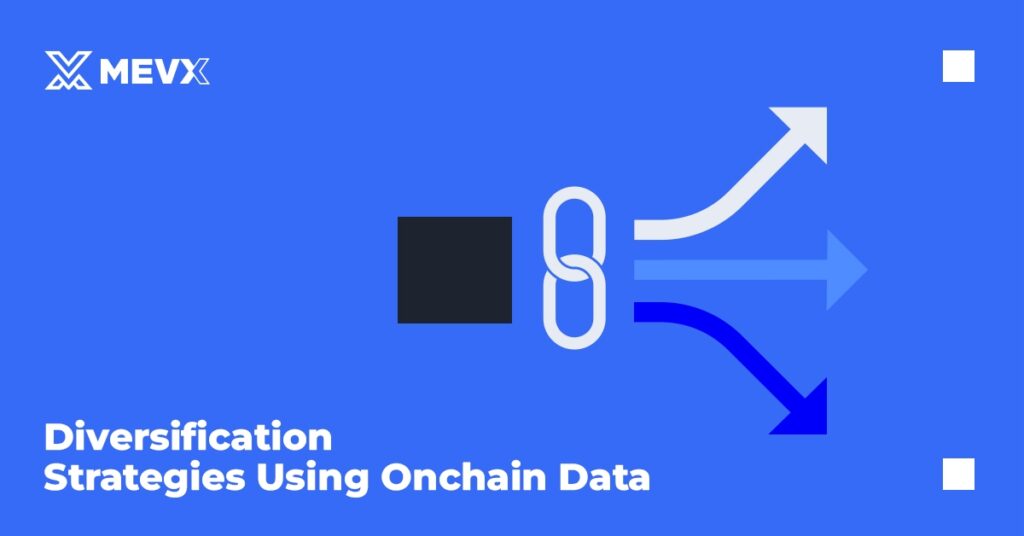Traditional risk management in meme coin trading often relies on lagging price indicators that fail to capture the rapid shifts characteristic of these volatile markets. On-chain monitoring provides real-time insights into market structure changes, enabling proactive risk management that can prevent significant losses while preserving profit potential. Advanced traders leverage blockchain transparency to build comprehensive risk assessment systems that operate continuously, even when they’re not actively monitoring markets.

Real-Time Risk Assessment Tools Through On-chain Monitoring
Liquidity Risk Monitoring
The foundation of effective meme coin risk management lies in continuous liquidity assessment. Unlike established cryptocurrencies, meme coins can experience sudden liquidity crises that make position exits impossible at reasonable prices.
Implement automated monitoring systems that track total value locked (TVL) across all major pools for your holdings. Set alerts for liquidity decreases exceeding 20% within any 4 hours, as this often precedes significant price volatility or coordination exits by informed traders.
Advanced liquidity risk assessment includes monitoring the distribution of liquidity across different DEXs. Concentration in single pools creates vulnerability to sudden removal, while distributed liquidity provides more stability during market stress periods.
Concentration Risk Analysis
Track holder concentration metrics continuously rather than as point-in-time assessments. Sudden increases in whale wallet accumulation can signal preparation for coordinated dumps, while rapid distribution changes may indicate insider activity.
Monitor the percentage of total supply held by top 10, 50, and 100 addresses with automated alerts when concentration levels shift beyond predetermined thresholds. Concentration increases above 60% in the top 100 addresses often precede significant volatility events.
Portfolio Exposure Tracking
Cross-Position Correlation Monitoring
Many traders unknowingly create concentrated risk by holding multiple meme coins that share similar risk factors. On-chain analysis can reveal hidden correlations through shared whale wallets, common liquidity providers, or coordinated market maker activity.

Analyze your portfolio holdings for shared major holders using wallet clustering techniques. When the same addresses hold significant positions across multiple tokens in your portfolio, you’ve created correlated risk that may not be apparent from price action alone.
Dynamic Position Sizing
Traditional fixed position sizing fails to account for rapidly changing risk profiles in meme coin markets. Implement dynamic sizing that adjusts based on real-time on-chain risk metrics rather than static percentages.
Reduce position sizes automatically when on-chain indicators suggest increased risk: declining liquidity, increasing concentration, or unusually large transaction patterns. Conversely, increase allocation to positions showing improved fundamental metrics like growing holder bases and increasing liquidity depth.
Automated Stop-Loss Based on On-chain Triggers
Liquidity-Based Stop Mechanisms
Rather than relying solely on price-based stops that can gap during volatile periods, implement liquidity-based triggers that activate when fundamental support disappears from the market structure.
Configure automated systems that reduce or exit positions when total available liquidity falls below levels necessary to support your position size. If your position represents more than 5% of available liquidity across major pools, the risk of significant price impact during exit increases substantially.
Whale Movement Triggers
Establish automated responses to large holder activity that often precedes major price movements. When multiple whale wallets begin reducing positions simultaneously, trigger systematic position reduction rather than waiting for price confirmation.
Monitor for coordinated large transaction activity across multiple addresses. When 3 or more addresses holding over 1% of supply execute large sells within a 2-hour window, this often signals informed selling that precedes broader market weakness.
Developer Activity Monitoring
Track token creator and developer wallet activity as early warning indicators of potential project abandonment or malicious activity. Unusual movement from developer wallets, particularly after periods of inactivity, can signal preparation for exit scams or major token releases.
Set up automated alerts for any activity from known developer addresses, including token transfers, liquidity adjustments, or new transaction patterns that deviate from historical behavior.
Diversification Strategies Using On-chain Data
Risk Factor Diversification
Move beyond simple token diversification to risk factor diversification based on on-chain characteristics. Avoid concentration in tokens sharing similar risk profiles, even if they appear unrelated at the surface level.

Diversify across different liquidity structures, holder distribution patterns, and developer activity levels. A portfolio of tokens with diverse on-chain characteristics provides more stable risk exposure than simple token count diversification.
Temporal Risk Distribution
Implement time-based diversification strategies that account for different tokens being in various lifecycle stages. Newly launched tokens carry different risk profiles than established meme coins with proven staying power.
Balance exposure across tokens at different maturity levels: early-stage launches with high growth potential but significant failure risk, established meme coins with proven communities but limited upside, and mature tokens with stable liquidity but reduced volatility.
Systematic Risk Monitoring Implementation
Alert System Hierarchy
Develop tiered alert systems that prioritize risks based on severity and urgency. Critical alerts for immediate threats like rapid liquidity removal or coordinated whale exits should trigger immediate attention and potential automatic responses.
Medium-priority alerts for gradual risk increases allow for planned position adjustments during optimal market conditions. Low-priority alerts track longer-term trends that inform strategic allocation decisions.
Risk Score Integration
Create composite risk scores incorporating multiple on-chain metrics weighted by their predictive value for your trading style. Continuously monitor how these scores correlate with subsequent price performance to refine weighting factors.
Integrate risk scores into position sizing algorithms, automatically reducing exposure to positions with deteriorating risk profiles while maintaining exposure to positions showing improvement in fundamental metrics.
Performance Attribution Analysis
Track the effectiveness of different risk management techniques through detailed performance attribution. Measure how on-chain-driven risk adjustments impact overall portfolio performance compared to passive holding strategies.
Analyze which specific on-chain indicators provide the most valuable risk signals for your trading approach, allowing continuous refinement of monitoring systems and response protocols.
Advanced Risk Integration
Correlation with Market Cycles
Understand how different risk factors behave during various market conditions. Liquidity risk may be less critical during strong bull markets, but it becomes paramount during uncertain periods when exit opportunities become limited.
Cross-Chain Risk Considerations
For traders operating across multiple blockchains, implement risk monitoring that accounts for cross-chain correlation and contagion effects. Major events on one blockchain often impact sentiment and capital flows across all chains.
Effective risk management through on-chain monitoring transforms reactive damage control into proactive protection. These systematic approaches allow traders to maintain aggressive positions during favorable conditions while providing multiple layers of protection when market structure deteriorates.
In the next article, we’ll explore identifying opportunities and managing risks across multiple blockchain ecosystems in the evolving meme coin landscape.
Follow our MevX blog for more updated guides on on-chain trading.
Share on Social Media:
